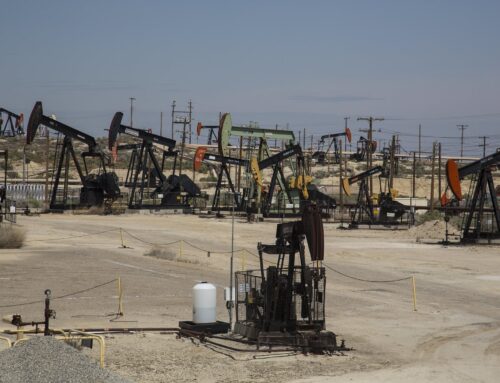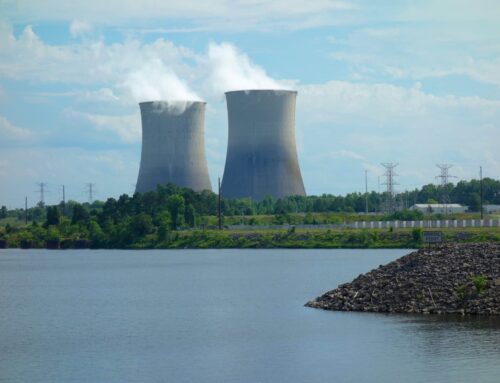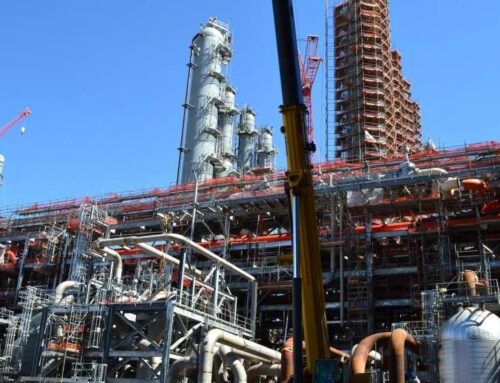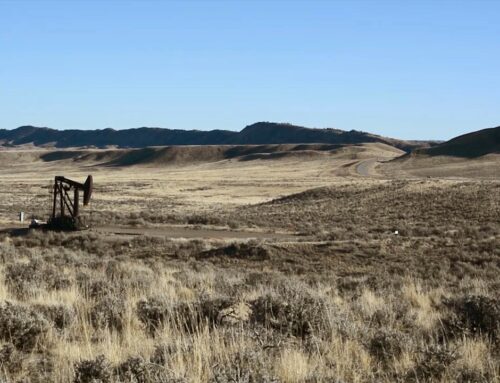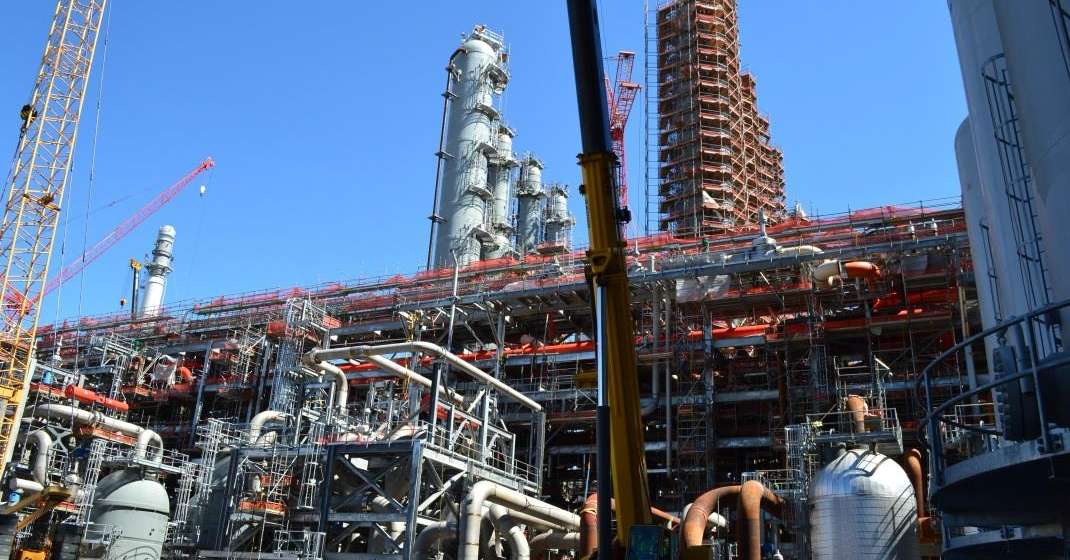The Department of Energy released its Budget in Brief on June 3, which contains a high-level summary of the DOE's budget request. Although detailed tables by organization are yet to be released, this Budget in Brief aligns with proposals in the "Skinny" Budget with some additional budgetary information
The President's fiscal year (FY) 2026 budget request for the Department of Energy (DOE) would implement cuts across the Department's energy programs. The budget request proposes to eliminate certain offices and programs within the department and rescinding some, but not all funds appropriated by the Biden-era Infrastructure Investment and Jobs Act (IIJA) and the Inflation Reduction Act (IRA). Overall, the DOE budget is requested at $51.1 billion, a slight 2.6% boost compared to the FY2025 funding level of $49.8 billion. However, this is counting on $4.8 billion in mandatory funding through the budget reconciliation bill — without it, the discretionary share funding for DOE is a 7% decrease compared to FY2025 level.
DOE energy programs would be cut by 25%. On top of fairly consistent cuts across the board, the budget calls to fully eliminate several programs, including R&D for Hydrogen and Fuel Cell Technologies, Renewable Energy Grid Integration, Solar Energy, and Wind Energy, as well as the Office of Clean Energy Demonstrations.
Defense-related programs would get a 17% funding boost, almost entirely from DOE's National Nuclear Security Administration (NNSA), which houses the nation's nuclear weapons programs and DOE's nuclear non-proliferation programs (though nonproliferation funding takes a cut). The NNSA budget does not fund the aircraft, submarines and missiles that make up the military's nuclear "triad," which are funded within the Pentagon's annual budget, but it does fund the nuclear warheads these systems are designed to deliver.
The FY2026 budget is requesting a $6 billion increase for the NNSA account, or a 24.5% jump from the FY2025 funding level of $24 billion. Most of this increase, $4.8 billion, is "requested" in the budget reconciliation bill, not the annual appropriations bill. According to the Budget in Brief, the FY2026 Budget Request would fund the "execution of six simultaneous warhead modernization programs, including the warhead for the nuclear-armed sea-launched cruise missile", also known as SLCM-N, and "restoring and refurbishing production capability, including the capability to produce 80 pits per year as close to 2030 as possible", as well as planning for future systems and providing support for day-to-day execute of current NNSA programs.
As we've said before, the SLCM-N, is a particularly bad investment. Designed as a low-yield alternative to the larger bombs in our nuclear arsenal, its express purpose make nuclear weapons "more usable" by lowering the threshold for their use. Moreover, the SLCM-N would be deployed on conventional attack submarines, which would distract from their conventional missions.
The request includes nearly $25 billion for weapons activities like SLCM-N production at NNSA, but details remain scant on how this money would be spent at the program level. The W87, the warhead for the over-budget, unnecessary Sentinel intercontinental ballistic missile (ICBM) that we wrote about at length last year, is also funded in this account.
| Department of Energy NNSA Funding – FY 2017-2026 ($, Billions) | ||||||||||
| Fiscal Year | 2017 | 2018 | 2019 | 2020 | 2021 | 2022 | 2023 | 2024 | 2025 | 2026 |
| NNSA | ||||||||||
| Request | 12.9 | 13.9 | 15.1 | 16.5 | 19.8 | 19.7 | 21.4 | 23.8 | 25.0 | 30.0 |
| Enacted | 12.9 | 14.7 | 15.2 | 16.7 | 19.7 | 20.7 | 22.2 | 24.1 | 24.1 | |
As for the topline, to put things into perspective, just a little over four years ago in FY2021, NNSA was funded at $19.7 billion, and five years before that at $12.9 billion. In less than a decade, NNSA account has more than doubled. We saw this coming back in 2020 when the FY2021 budget was released and the administration at the time revealed plans to “begin production of new nuclear warheads and modernize facilities are the camel’s nose under the edge of the tent. Back then, we cautioned that the 8.9% increase in FY2021 is likely to lead to a steep ramp up of NNSA spending, and look at where we are now.

